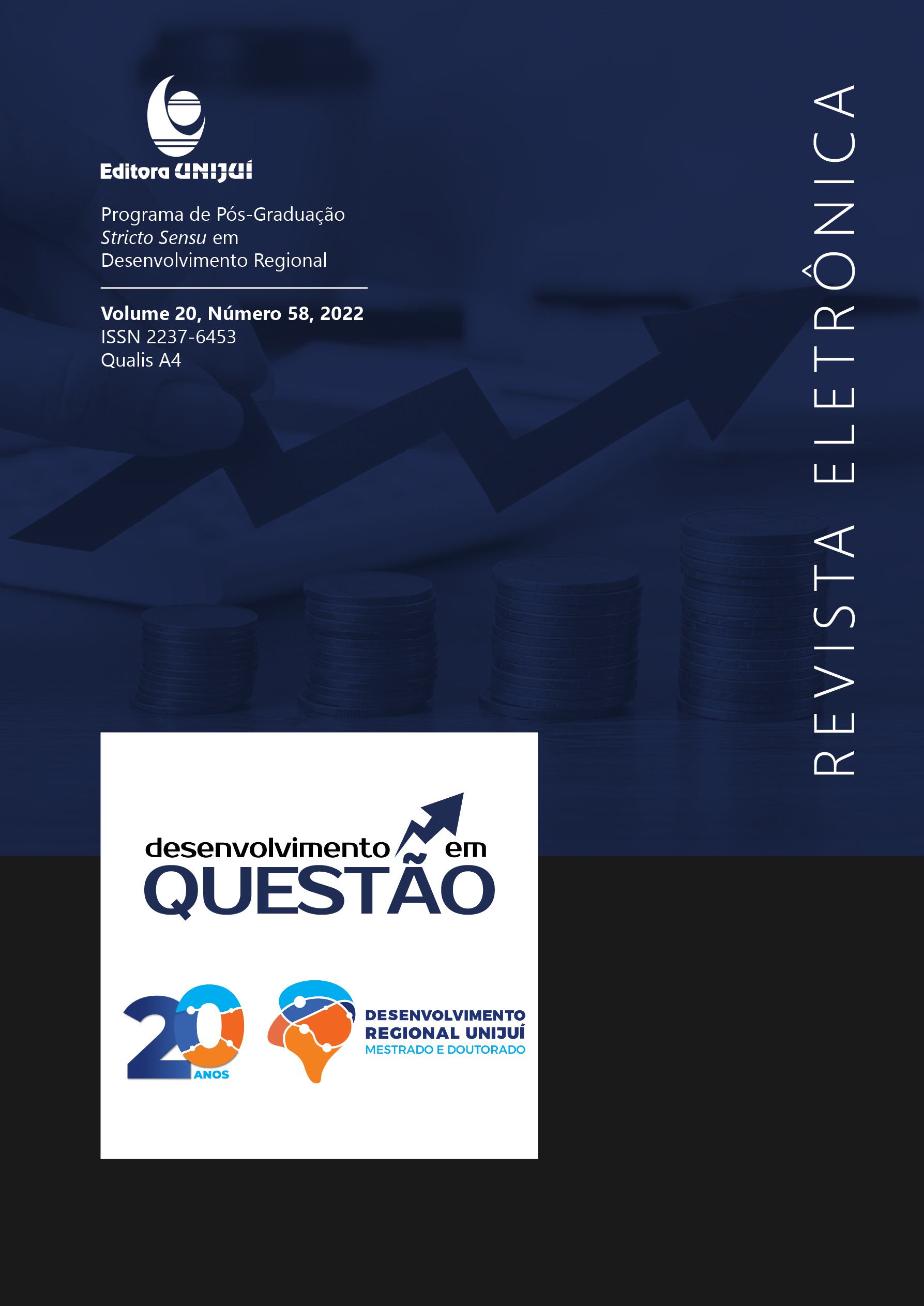Absorptive Capacity in an Organization Simple Structure: a case study
DOI:
https://doi.org/10.21527/2237-6453.2022.58.12203Keywords:
Absorptive Capacity., Organizational Configuration.Abstract
The research aims to understand how external knowledge absorption happens, that is, how knowledge absorption capacity is developed in organizations that adopt a simple structure organizational configuration. The present study is characterized as an empirical of an applied nature, a qualitative approach and concerning the procedures, it is descriptive. The method used here was the case study. The data were collected through structured interviews with a script, and they were analyzed using the content analysis technique. The recognition capacity is favored by the employees' individual capacities and by their autonomy. The independence of the employee is driven by the charismatic leadership of the manager. The assimilation capacity, in turn, happens based on the individual skills and competences of the company members, also through training and informal team meetings. It is understood that the development of the assimilation capacity is minimized by the centrality in decision making by the main manager. This also occurs with the ability to apply knowledge, as a single individual has control over decision making, acting between strategic and operational issues. A multidimensional understanding of the constructive absorption capacity is proposed from the perspective of its relationship with the organizational configuration, since the organizational configuration can influence, in different ways, the efficiency and effectiveness of the recognition, assimilation and application process. knowledge. To present this relationship in a theoretical-empirical study is a relevant contribution to the study on this field.
Downloads
Published
How to Cite
Issue
Section
License
Copyright (c) 2022 Desenvolvimento em Questão

This work is licensed under a Creative Commons Attribution 4.0 International License.
By publishing in Revista Desenvolvimento em Questão, authors agree to the following terms:
All works are published under the Creative Commons Attribution 4.0 International License (CC BY 4.0), which allows:
Sharing — to copy and redistribute the material in any medium or format;
Adaptation — to remix, transform, and build upon the material for any purpose, even commercially.
These permissions are irrevocable, provided that the following terms are respected:
Attribution — authors must be properly credited, a link to the license must be provided, and any changes made must be indicated.
No additional restrictions — no legal or technological measures may be applied that legally restrict others from doing anything the license permits.
Notices:
The license does not apply to elements that are in the public domain or covered by legal exceptions.
The license does not grant all necessary rights for specific uses (e.g., image rights, privacy, or moral rights).
The journal is not responsible for the opinions expressed in the articles, which are the sole responsibility of the authors. The Editor, with the support of the Editorial Board, reserves the right to suggest or request modifications when necessary.
Only original scientific articles presenting research results of interest that have not been previously published or simultaneously submitted to another journal with the same purpose will be accepted.
Mentions of trademarks or specific products are intended solely for identification purposes and do not imply any promotional relationship by the authors or the journal.
License Agreement (for articles published from 2025 onward): Authors retain the copyright to their article and grant Revista Desenvolvimento em Questão the right of first publication.











